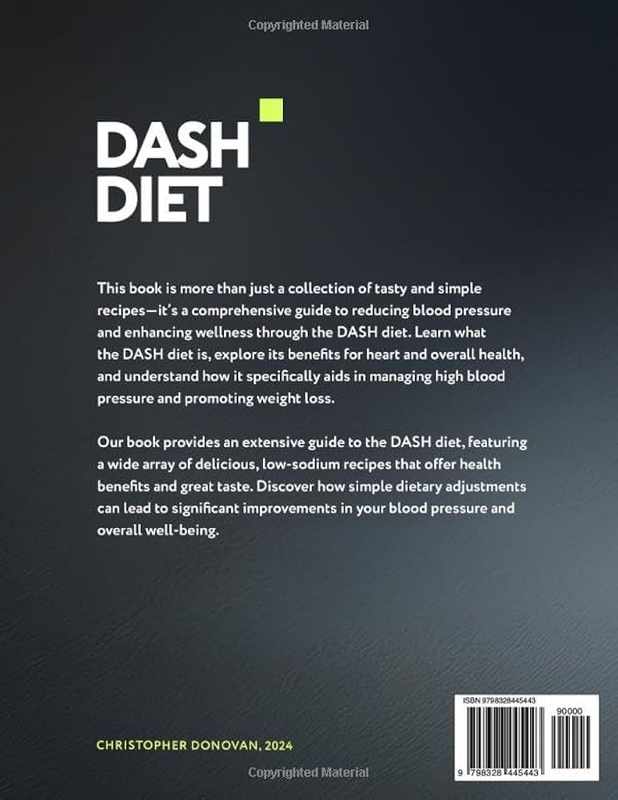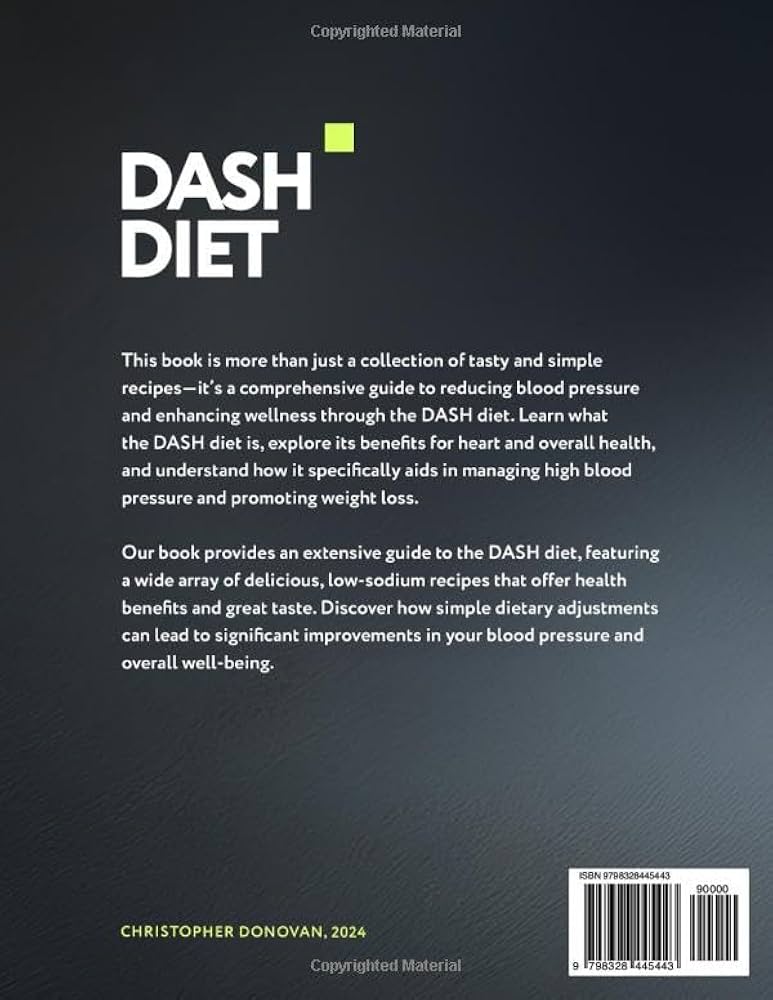Your body’s blood pressure and sodium levels are like two dancers performing in perfect harmony. When they’re in sync, you’re more likely to feel energetic, focused, and overall healthy. But when the rhythm gets out of whack, it can lead to some serious issues.
Understanding Blood Pressure and Low Sodium: A Comprehensive Guide
In this post, we’ll dive into the world of blood pressure and sodium levels, exploring what’s normal, what’s not, and most importantly, how you can take control of your health. Whether you’re looking to prevent or manage conditions like hypertension, heart disease, or kidney disease, this guide will give you a solid foundation to make informed decisions.
Why Low Sodium Matters
Sodium is often misunderstood as the “bad guy” when it comes to blood pressure. But the truth is, sodium plays a crucial role in maintaining proper blood pressure. When you consume too much sodium, your body can’t process it efficiently, leading to an imbalance that can raise your blood pressure.
So, what’s considered low sodium? Generally speaking, a low-sodium diet aims to keep your daily intake below 2,300 milligrams (mg) per day. For certain individuals, such as those with hypertension or kidney disease, the recommended daily limit is even lower – around 1,500 mg.
In our next section, we’ll explore the importance of understanding blood pressure ranges and how they relate to your overall health.

Your body’s blood pressure and sodium levels are like two dancers performing in perfect harmony. When they’re in sync, you’re more likely to feel energetic, focused, and overall healthy. But when the rhythm gets out of whack, it can lead to some serious issues.
Understanding Blood Pressure and Low Sodium: A Comprehensive Guide
In this post, we’ll dive into the world of blood pressure and sodium levels, exploring what’s normal, what’s not, and most importantly, how you can take control of your health. Whether you’re looking to prevent or manage conditions like hypertension, heart disease, or kidney disease, this guide will give you a solid foundation to make informed decisions.
Why Low Sodium Matters
Sodium is often misunderstood as the “bad guy” when it comes to blood pressure. But the truth is, sodium plays a crucial role in maintaining proper blood pressure. When you consume too much sodium, your body can’t process it efficiently, leading to an imbalance that can raise your blood pressure.
So, what’s considered low sodium? Generally speaking, a low-sodium diet aims to keep your daily intake below 2,300 milligrams (mg) per day. For certain individuals, such as those with hypertension or kidney disease, the recommended daily limit is even lower – around 1,500 mg.
Now that we’ve established why low sodium matters, let’s take a closer look at blood pressure ranges and how they relate to your overall health.
Blood Pressure Ranges: What’s Normal?
Blood pressure is measured in millimeters of mercury (mmHg) and recorded as two numbers – systolic pressure (the top number) and diastolic pressure (the bottom number). A normal blood pressure range for an adult is typically considered to be:
- Systolic: less than 120 mmHg
- Diastolic: less than 80 mmHg
However, blood pressure can vary throughout the day due to factors like stress, exercise, and even certain medications. For example, if you’re experiencing high levels of stress at work, your blood pressure might spike temporarily.
It’s essential to understand that blood pressure readings are not just about numbers – they also give insight into your overall cardiovascular health. If your blood pressure is consistently above normal ranges, it can increase your risk of developing conditions like hypertension, heart disease, and stroke.
So, how do you know if your sodium levels or blood pressure need attention? Let’s explore some key signs to look out for in our next section.
Get Expert Advice on Blood Pressure and Low Sodium
We are ready to answer your questions, day or night.
Start chatIn our previous sections, we’ve explored the importance of understanding blood pressure and low sodium levels. We’ve discussed how sodium plays a crucial role in maintaining proper blood pressure and why keeping your daily intake below 2,300 mg per day is recommended.
Understanding Blood Pressure Ranges
Blood pressure ranges are categorized into four main groups:
Normotensive: 90-120 mmHg (normal blood pressure)
Elevated: 121-129 mmHg (borderline high blood pressure)
Hypertension: 130-139 mmHg (high blood pressure) or 140 mmHg and above (very high blood pressure)
Knowing your blood pressure range is crucial in understanding your risk of developing conditions like heart disease, kidney disease, and stroke. By monitoring your blood pressure regularly, you can take control of your health and make informed decisions about your lifestyle.
Key Takeaways
In this comprehensive guide, we’ve covered the following key points:
Sodium plays a crucial role in maintaining proper blood pressure
A low-sodium diet aims to keep daily intake below 2,300 mg per day for most individuals
Understanding blood pressure ranges is essential in monitoring your health and making informed decisions about lifestyle changes
Closing Thoughts
In conclusion, understanding blood pressure and low sodium levels is a crucial step in taking control of your health. By being mindful of your daily sodium intake and monitoring your blood pressure regularly, you can reduce your risk of developing serious conditions. Remember, small changes can make a big difference – start making informed decisions today to live a healthier, happier life.
As the saying goes, “knowledge is power.” With this comprehensive guide, you now possess the knowledge to take control of your health and well-being. So go ahead, put these tips into practice, and celebrate small victories along the way. Your body (and mind) will thank you!
What is anemia caused by folic acid deficiency: Did you know that folic acid deficiency can cause anemia? Learn about the causes, symptoms, and treatments of this common condition. Discover how a simple supplement or dietary change can make all the difference in your health.
The best mixed dog breeds for apartments: Are you looking for the perfect furry companion to share your apartment with? Explore our list of top recommended mixed dog breeds that thrive in small spaces. From low-shedding to playful, we’ve got you covered!



